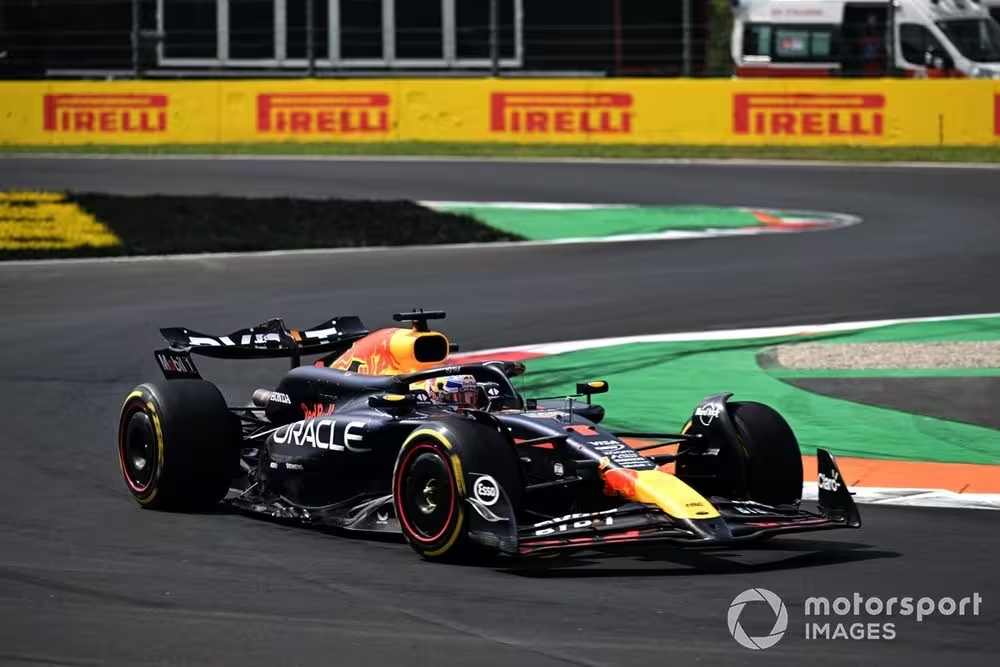Red Bull is planning an evolution of its current RB20 car for 2025, believing that investing in a bold revamp is not worth it.
With the Milton Keynes-based squad locked in a tight championship fight with McLaren, it is mindful that, if it does not make solid gains this winter, it could risk an even more difficult campaign next year.
However, a combination of cost cap limits, plus the need to ramp up efforts for the new rules revolution coming in 2026 when Red Bull will run its own engine, has prompted it to step away from doing anything radical.
Speaking about how the squad was dealing with the different requirements of now, next year and 2026, team boss Christian Horner said: “In this business, you’re always juggling and you’ve got to put one foot in front of the other.
“You can’t project too far into the future. Long term in F1 is about two and a half months and, basically, what we learn this year is relevant to next year.
“So next year’s car will be an evolution of this year’s car. I mean, there’s many components of last year’s car that have been carried over into this year, because with the way the cost cap works, unless there’s significant performance upgrade, it doesn’t make sense [to change].”
Max Verstappen, Red Bull Racing RB20
Photo by: Simon Galloway / Motorsport Images
Engine challenge
Red Bull’s decision to not overstretch itself with car changes for next year comes as it ramps up to run its first F1 engine from the start of 2026.
It has invested heavily in its new Red Bull Powertrains division, which it is convinced will bring it gains despite the huge costs.
“It is by far our biggest challenge,” added Horner. “We’ve created a start-up business, aggressively recruited 600 people into it, built a factory, put in the process and brought a group of people together to work within a Red Bull culture that has been so successful on the chassis side.
“Of course, many have come from other teams, competitors and suppliers in F1, and that’s a massive undertaking to get 600 people and all your processes, your supply chain, everything geared up to deliver for two teams in ’26.
“We also have the benefit of a great partner in Ford Motor Company and that relationship is working very well. But inevitably there will be short-term pain, but there is a long-term gain of having everything under one roof with engineers.
“We’ve already seen the benefit and the difference of having chassis and engine…
Click Here to Read the Full Original Article at Autosport.com – Formula 1 – Stories…

